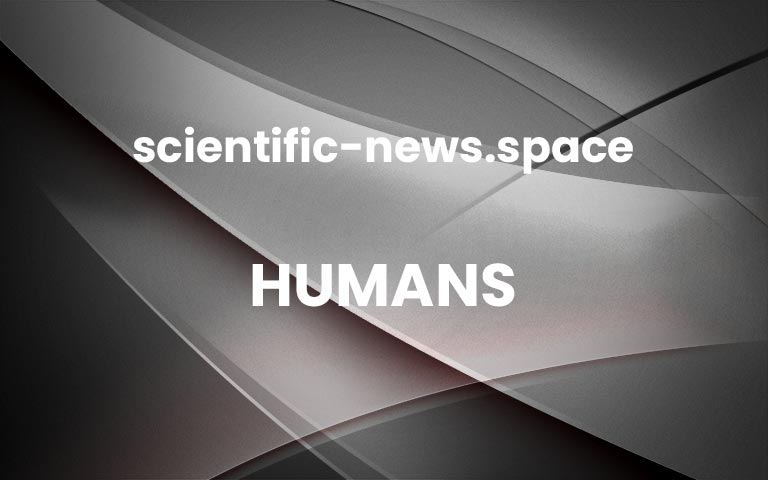The ancient town of Pompeii was buried under hot volcanic ash in AD 79, but DNA still survives in the bones of the people who died in the disaster
Humans
26 May 2022
By Colin Barras
The two individuals found in the Casa del Fabbro in PompeiiNotizie degli Scavi di Antichità, 1934, p. 286, fig. 10
The hot volcanic ash that buried the ancient Roman town of Pompeii killed many of the town’s inhabitants – but it didn’t destroy their DNA. The first complete genome from Pompeii reveals genetic markers that haven’t been seen before in ancient Roman DNA.
Mount Vesuvius in southern Italy is the only active volcano in mainland Europe. It erupted to devastating effect in AD 79, burying several Roman settlements including Herculaneum to the west of Mount Vesuvius and Pompeii to the southeast.
The volcanic ash that covered Pompeii is estimated to have been at least 250°C – hot enough to kill people instantly and, presumably, cause significant damage to their internal tissues and DNA.Advertisement
“There was the expectation that the high temperatures would make our effort in DNA sequencing in Pompeii fruitless,” says Gabriele Scorrano at the University of Copenhagen, Denmark. “Cremated bodies, for example, show no sign of DNA preservation according to multiple studies.”
But Scorrano and his colleagues decided to look for ancient DNA anyway. They focused on the skeletal remains of two people discovered in a building called the Casa del Fabbro, which translates to House of the Craftsman. The pair – a man in his 30s and a woman who was at least 50 years old – seem to have been lying on a low couch in what may have been a dining room at the moment they died.
The researchers managed to obtain genetic material from both skeletons, although only the man’s bones yielded enough DNA to piece together a full genome. Scorrano and his colleagues then compared the man’s genome with those from 1030 ancient people who lived during the last 5000 years or so and 471 present-day people from western Eurasia. This revealed the man from Pompeii had DNA comparable to that recovered from the skeletons of people who lived in Italy at the height of the Roman Empire.
There were also differences. In particular, groups of genes on the man’s Y chromosome and in his mitochondrial DNA were unlike those seen in earlier studies of ancient Romans but similar to sequences carried by some people living today on the Italian island of Sardinia.
“Undoubtedly, there is still a lot to study about genetics of the past peoples in the Italian peninsula,” says Scorrano.
It is only because of improvements in analytical techniques that we can now extract DNA from the skeletons preserved at Pompeii, says Pier Paolo Petrone at the University of Naples Federico II, Italy. He says the work shows there are “always new discoveries” to be made even at such world-famous sites.
There were also hints of bacterial DNA in the bone sample collected from the ancient man. These are consistent with existing evidence from the state of his skeleton that he had spinal tuberculosis.
“This pathology causes severe pain, such as lumbago and sciatica,” says Scorrano. This might explain why the man didn’t flee when the eruption began, as many Pompeiians did. Instead, he remained in the town – which proved to be a fateful choice.
Journal reference: Scientific Reports, DOI: 10.1038/s41598-022-10899-1
Sign up to Our Human Story, a free monthly newsletter on the revolution in archaeology and human evolution
More on these topics: More


